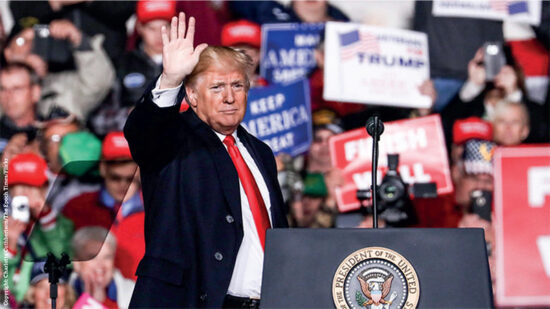Speaking to journalists in London, Greetham, head of multi-asset at Royal London Asset Management said there is a clear headwind coming from Brexit, particularly if it is a hard Brexit.
“There are long lead times on fiscal policy so we think the markets will be quite pleased to see fiscal policy stepped up in the Autumn Statement,” he said. But, he added, because the message from government has been somewhat confusing in recent weeks, there is no way to be certain whether or not such spending plans will form part of the upcoming Autumn Statement.
But, he added, if it were to happen, it would help to stabilise sterling as it would take some of the pressure off monetary policy to do all the work, which is currently what the market is pricing in.
According to Greetham, while the initial, acute impact of Brexit hasn’t been as bad as people thought, there is a real question about what happens next year.
“The two areas to watch for next year are business investment – and already the survey evidence is showing that business investment intentions are dropping quite rapidly – and consumer spending, because one thing a weak pound does is bring in imported inflation and that will squeeze real incomes.”
Greetham pointed out that the implication of gilt levels where they are is that the gilt market does not expect the base rate to move above 1% any time in the next 30 years. This is highly unlikely, he said, as over the next 30 to 40 years, RLAM would expect the economy to grow at about 4% on average and base rates should reflect that over time.
“With what is going on with Brexit and the threats to growth, government should be borrowing at these unrealistically low rates,” he said.
Should the government do so and then increase its fiscal spending plans and invest that borrowed money in a growing economy, it will over time help to reduce the debt burden.
Asked what it should be spending the money on, Greetham said, he would expect it to be on infrastructure projects like roads and rail and broadband.
But, he added: “I wouldn’t be surprised if we do also see a VAT cut. It is not something we are forecasting at the moment, and in some senses it seems a quite expensive form of government spending. But imagine you roll the clock forward in six months and the pound has gone even lower, there will be quite a lot of imported inflation and one way to prevent there being too large a real income squeeze in year one where you get the most rapid rise in imported prices is to cut VAT.”








